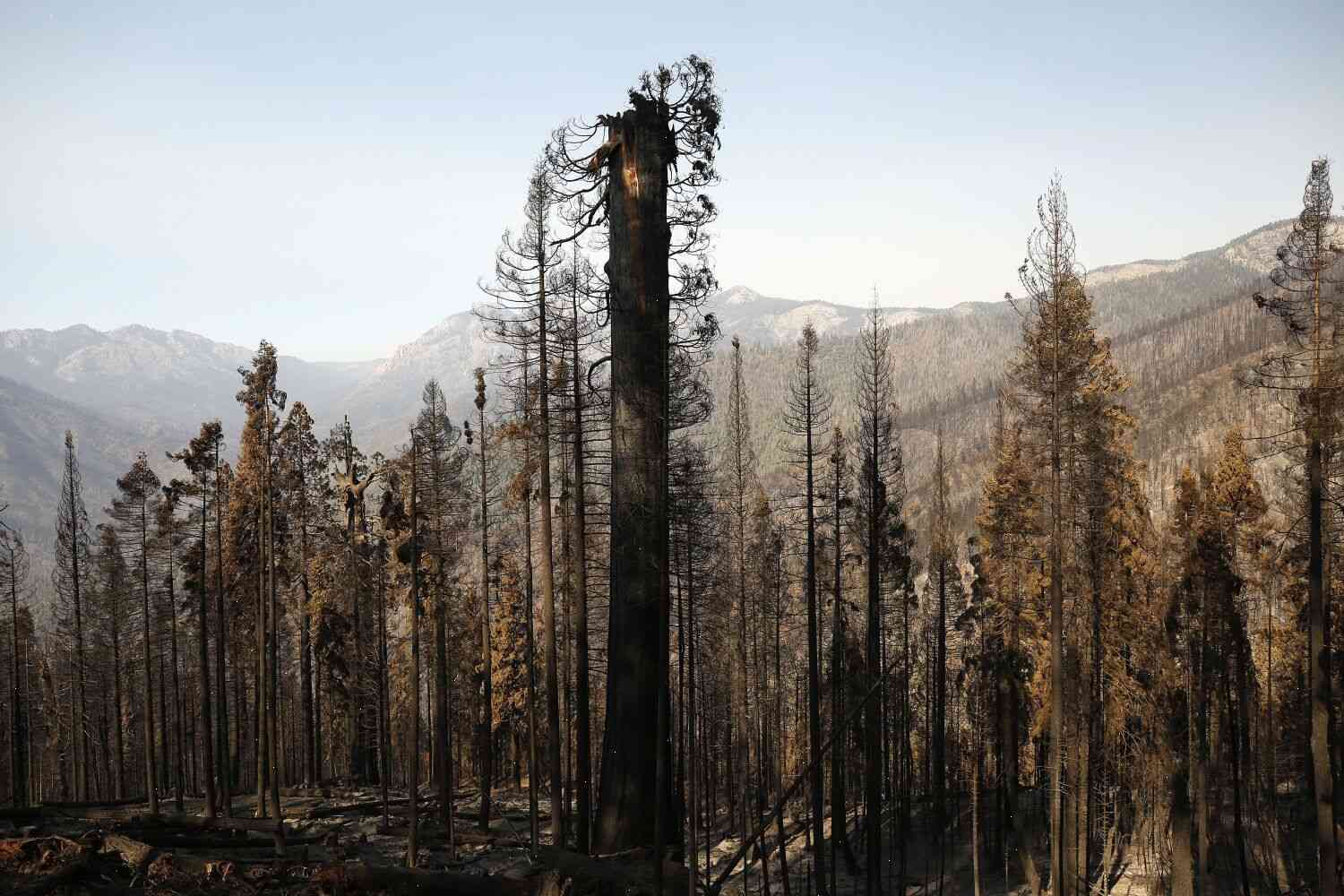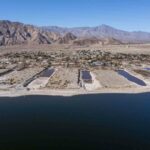Op-Ed: With climate change, we may witness sequoia forests convert to chaparral ecosystems, wetlands, and meadows.
Share
As we continue to experience the impacts of anthropogenic climate change, it becomes more imperative that we recognize how these effects can be magnified and amplified.
In a series of four recent Op-Eds, I have written about the potential for sequoia trees to turn to chaparral ecosystems, wetlands and meadows when the climate changes. These forests may already be seeing this transition in the Southwest. These forests are particularly known for their long-leafed conifers, such as the Ponderosa pine. The Ponderosa is known for its fast-growing, seedpods that can produce as many as 600 seeds per single seed pod. But the Ponderosa has been on very short-term notice: Its life span is just a year or two.
As climate change and extreme drought create new vulnerabilities, we may witness a shift from this fast-growing, long-living species to others that can withstand multiple droughts.
The climate has always been altering the conditions for many species in our ecosystems. In the 19th century, the Sierra Nevada mountains were transformed from a forest into a grassland by drought and fire. And, in the last century, our landscape has been transformed by our choices, resulting in a landscape with fewer trees and more shrubs. In a decade, our climate may change from cool to warm and dry, as the Southwest receives more rain than other regions. These changes will be permanent, and, as a result, many species will need to adapt. Many of the most vulnerable, such as the grasslands, will likely need to be restored to their former state.
Our choice will shape our ecosystem, and as human activities continue to threaten the ecological health of our planet, our landscape is likely to evolve. Changes to the landscape may result in longer, warmer summers, an increase in precipitation (the “warmer and wetter” climate), more frequent and severe droughts and floods, and more powerful storms. If these climate shifts become more frequent, it is possible that







